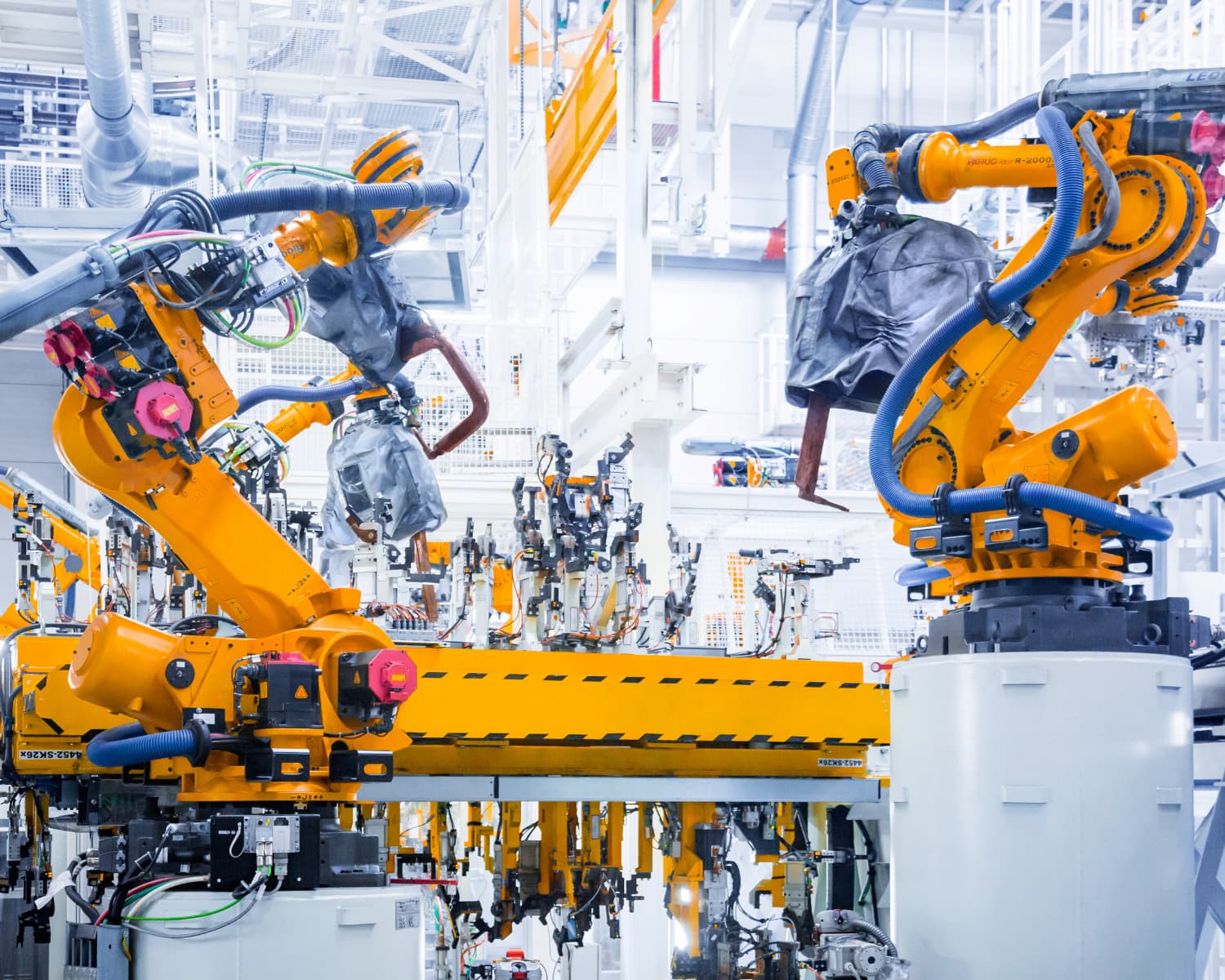The automotive industry thrives on precision and efficiency. In a world where a single delay can ripple through the entire supply chain, warehousing has become more than just a storage solution—it’s the backbone of operations
With just-in-time manufacturing and the need to manage thousands of parts, automotive businesses face unique logistical challenges. But with the latest innovations in warehousing, these challenges are being transformed into opportunities for growth and agility.
The Role of Warehousing in the Automotive Sector
Warehousing plays a pivotal role in the automotive supply chain. Beyond simply storing parts and materials, warehouses ensure that production lines stay operational and that vehicles reach their destinations on time.
The complexity of the automotive industry adds unique challenges. Manufacturers often handle thousands of individual components, each of which must be readily available for just-in-time production. Any delay in the supply chain could halt assembly lines, costing significant time and money.
Warehousing also supports global distribution, with parts and vehicles moving across continents to meet demand. In this fast-paced environment, efficient warehousing operations are critical for maintaining supply chain integrity and meeting tight deadlines.
Key Warehousing Innovations Shaping the Automotive Industry
Warehousing in the automotive sector is evolving rapidly, driven by the need for greater efficiency and precision. These innovations are transforming how warehouses operate and addressing the unique challenges of automotive logistics:
- Automation and Robotics
Automation is at the forefront of warehousing advancements. Automated guided vehicles (AGVs), robotic picking systems, and conveyor systems help streamline operations, reducing errors and speeding up workflows. For example, robotic arms can quickly handle heavy or awkward parts, minimizing downtime and increasing efficiency. - Real-Time Inventory Management
Advanced warehouse management systems (WMS) ensure parts are tracked and accessible at all times. Real-time data visibility allows manufacturers to anticipate shortages, prevent overstocking, and make informed decisions to keep production lines running smoothly. - Specialized Storage Solutions
Automotive warehouses are adopting vertical storage systems and modular shelving to optimize space. Temperature-controlled storage is also becoming common for sensitive materials, such as specialized paints or electronic components. - Sustainability Practices
Warehouses are integrating eco-friendly measures, such as solar panels, energy-efficient lighting, and packaging recycling programs. These practices reduce operational costs and align with the industry’s push for sustainability.
How Warehousing Innovations Benefit Automotive Companies
The latest warehousing innovations offer significant advantages for the automotive industry, helping businesses overcome traditional challenges while staying competitive in a rapidly evolving market.
- Faster Order Fulfillment
Automation and real-time inventory systems streamline picking and packing processes, reducing delays and ensuring that parts are delivered just in time for production. This minimizes costly downtime and keeps assembly lines running smoothly. - Improved Accuracy
Robotics and data-driven systems enhance precision, reducing errors in inventory management and order fulfillment. For an industry where a single misplaced component can disrupt production, this level of accuracy is critical. - Scalability to Meet Demand
Innovations like modular storage and advanced WMS allow warehouses to scale operations efficiently. Whether dealing with seasonal fluctuations or sudden spikes in demand, these systems adapt to meet evolving needs. - Environmental Impact Reduction
Sustainability practices, such as energy-efficient operations and waste reduction programs, help businesses align with environmental goals while improving operational efficiency. This not only benefits the planet but also appeals to increasingly eco-conscious consumers and partners.
By leveraging these innovations, automotive businesses can optimize their supply chains, reduce costs, and maintain a competitive edge in an industry where efficiency is everything.
Real-World Examples of Warehousing Innovations in Automotive
Warehousing innovations aren’t just concepts—they’re actively transforming how automotive companies operate. These examples showcase how leading businesses are applying advanced strategies to stay ahead:
- Tesla’s Automated Warehouses
Tesla leverages automation extensively in its warehouses, using robotic systems for parts handling and inventory management. This approach ensures efficiency and precision, supporting their just-in-time production model. - Toyota’s Just-in-Time Strategy
Toyota has perfected just-in-time logistics by integrating real-time inventory management into their warehousing operations. By maintaining minimal stock levels and relying on precise delivery schedules, they reduce waste and optimize storage space. - Volkswagen’s Sustainability-Focused Warehousing
Volkswagen is incorporating sustainability into its warehouses by adopting energy-efficient lighting, renewable energy sources, and recycling initiatives. These efforts align with the company’s broader environmental goals while reducing operational costs. - Ford’s Use of Modular Storage
Ford utilizes modular storage systems to adapt quickly to changes in demand. This flexibility allows them to handle seasonal spikes efficiently while minimizing excess inventory during slower periods.
Each of these examples highlights how warehousing innovations can address specific challenges within the automotive industry. By adopting similar strategies, businesses can improve their operations and gain a competitive edge.
Key Takeaways for Automotive Warehousing
Warehousing innovations are transforming the automotive industry, addressing long-standing challenges while opening the door to new opportunities. Here’s what businesses should keep in mind:
- Invest in the Right Technology
Implement tools like advanced warehouse management systems and automation to enhance efficiency. Real-time data and robotics are no longer optional but essential for staying competitive. - Prioritize Scalability and Flexibility
Modular storage solutions and adaptable systems ensure you can meet changing demands without overhauling your entire operation. - Integrate Sustainability into Operations
Adopting eco-friendly practices, such as energy-efficient warehouses and recycling programs, reduces costs and appeals to environmentally conscious stakeholders. - Focus on Just-in-Time Logistics
Aligning warehousing operations with just-in-time manufacturing reduces excess inventory and streamlines the entire supply chain.
Automotive companies that embrace these strategies will be better positioned to navigate the complexities of modern logistics. Warehousing innovations aren’t just about storage—they’re about driving efficiency, sustainability, and growth.
Driving the Future of Automotive Warehousing
Warehousing innovations are reshaping the automotive industry, turning what was once a supporting function into a critical driver of success. From automation and real-time inventory management to sustainable practices, these advancements are helping companies overcome challenges like just-in-time production and global distribution.
For automotive businesses, the message is clear: warehousing is no longer just about storage. It’s about creating a seamless supply chain that reduces costs, improves accuracy, and keeps production lines running smoothly.
At Hanzo Logistics, we understand the unique demands of the automotive sector. Our innovative warehousing solutions are designed to optimize your operations, ensuring your supply chain is as efficient and reliable as possible. Whether it’s implementing advanced technologies, scaling for demand, or adopting sustainable practices, Hanzo Logistics is here to help your business stay ahead.



